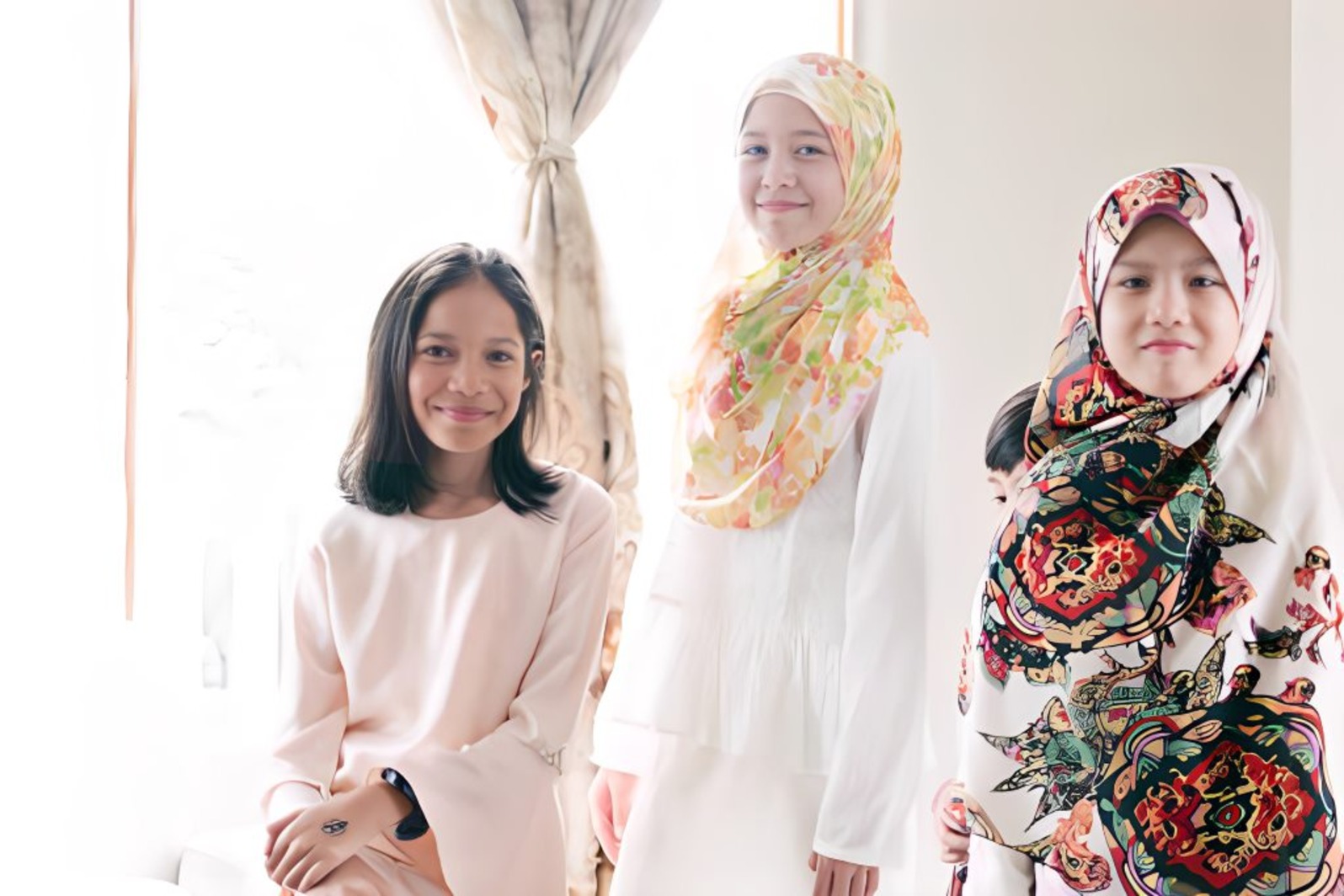In the diverse world, fostering an early understanding and appreciation for different cultures among children is essential. One possible way to achieve this is by introducing children to traditional clothing, such as the elegant and symbolic abaya.
This article is going to highlight the significance of cultural diversity and how exposing children to traditional garments like abayas can cultivate a sense of respect and understanding for various cultural backgrounds.
The Mosaic of Cultural Diversity
Cultural diversity weaves together the mosaic of traditions, customs, and values across the globe.
It is a celebration of humanity’s unique expressions, and acknowledging this diversity is crucial for fostering a more inclusive and tolerant society.
The Symbolism of Abayas
The abaya, a traditional garment worn by many cultures, holds profound significance.
From the flowing silhouettes, intricate embroidery, to regional variations, the abaya tells a story of cultural identity.
Understanding the symbolism behind this attire allows children to appreciate the rich heritage it represents.
Learning Through Abaya Dress-Up
Practical experiences are powerful teachers.
Parents should try to incorporate abayas into kids’ lifestyle through dress-up activities, storytelling sessions, or cultural events.
These hands-on experiences create lasting impressions and make learning about different cultures enjoyable.
The Role of Clothing in Cultural Identity
Clothing is more than fabric draped on a body; it’s a visual language that speaks to cultural identity.
Traditional garments like the abaya preserve and express cultural heritage.
Exploring its unique features and styles from different regions provides children with a tangible connection to diverse cultures.
Teaching Respect and Tolerance
Introducing children to diverse cultural practices, such as wearing abayas, instills values like respect and tolerance.
By embracing cultural differences, children learn that there is beauty in diversity and that understanding others is key to building a harmonious society.
Global Citizenship from a Young Age
By exposing children to various cultural elements, including traditional clothing like abayas, we prepare them to acts as global citizens.
These young individuals grow up with a sense of empathy and understanding, ready to engage with the world, appreciate its cultural richness and accept it open hands.
Children as Cultural Sponge Bobs
Children are naturally curious and absorb information like sponges.
Exposing them to different cultures during their formative years satisfies their curiosity and lays the foundation for a broader worldview.
Early exposure to diversity encourages children to embrace differences rather than get intimidated with them.
Breaking Stereotypes Through Fashion
Fashion has the transformative power to challenge stereotypes and promote inclusivity.
Embracing diverse styles, such as the abaya, becomes a step towards breaking down cultural stereotypes and encouraging acceptance.
Parental Guidance and Open Conversations
Parents play a crucial role in guiding their children through the exploration of cultural diversity.
Encourage open conversations, answer questions with patience, and create an environment where children feel comfortable embracing and appreciating different cultures.
Conclusion
Exposing children to traditional clothing like abayas becomes a gateway to a more interconnected and harmonious world. The impact of such experiences goes beyond childhood, shaping individuals into compassionate adults who appreciate the beauty found in the tapestry of global cultures. Let us embrace diversity, celebrate our differences, and instill in the younger generation the values of respect and understanding that will pave the way for a brighter and more inclusive future.


